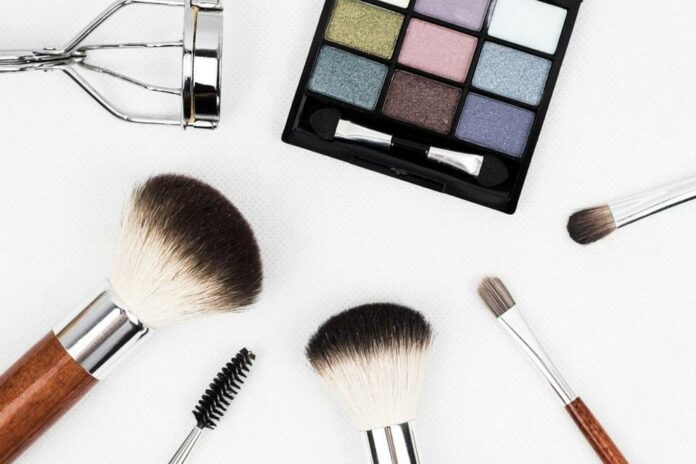The ugly side of beauty
– chemicals in cosmetics threaten college-age women’s reproductive health
Walk through the personal care aisles of your local store and you’ll see dozens of products that promise to soften your skin, make you smell better, extend your lashes, decrease wrinkling, tame your curly hair, or even semi-permanently change the color of your lips, hair or skin.
Remember the adage “If it seems too good to be true, it probably is”?
Many of product promises like these are based on chemicals that can also be hazardous to your health, including endocrine-disrupting chemicals that can interfere with fertility and reproduction, fetal growth and infant development.
That’s a big concern, because these products are heavily marketed to young women in the years before they might consider starting a family.
No agenda. Just facts.
Recent studies have demonstrated that college-age women use cosmetic products at higher rates than other groups. Additionally, many of these young women are unaware of the health risks from frequent use of popular products containing contaminants of emerging concern. And finding cleaner alternatives often means paying more.
As an epidemiologist who has fought my own fertility battles, I study exposure to endocrine-disrupting chemicals found in everyday products, such as cosmetics, shampoos, lotions and plastics. I have been working to raise awareness of the health risks to young people and encourage prudent use of cosmetic products.
Unregulated and potentially risky
According to the U.S. Food and Drug Administration, the term “cosmetic” can include deodorants, perfumes, lotions, nail polish, shampoos and other hair products, as well as eye, lip and face makeup.
This is important to know, because unless these products are used to treat a condition, such as dandruff or perspiration, they are not federally regulated in the same way drugs are. That leaves it up to cosmetic companies to decide how to communicate product safety.
Personal care products contain many types of chemicals that manufacturers add for specific purposes, including some that can interfere with or disrupt the normal functioning of the endocrine system. For example, they commonly add UV filters like oxybenzone to protect skin from sun damage, phthalates to enhance fragrance, parabens and triclosan for their antimicrobial properties, and per- and polyfluoroalkyl substances, or PFAS, to enhance durability.
However, not all of these chemicals are present in all products, so figuring out how to avoid exposure can be complicated. For example, in a 2021 review of studies detecting endocrine-disrupting chemicals in daily-use cosmetic products, phthalates were present in perfumes, shower gels, shampoo and nail polish. Parabens were detected in lotions, creams, shampoos, body wash, face cleansers and lipstick. Triclosan was detected in toothpastes, soaps and other cleansers. And UV filters were present in sunscreens, lotions, toothpaste, and lipstick.
Many of these chemicals can co-occur in products, putting consumers at risk of exposure to multiple chemicals at once, and sometimes without warning, as labels do not always list endocrine-disrupting chemicals among the ingredients.
For the rest of this article please go to source link below.

